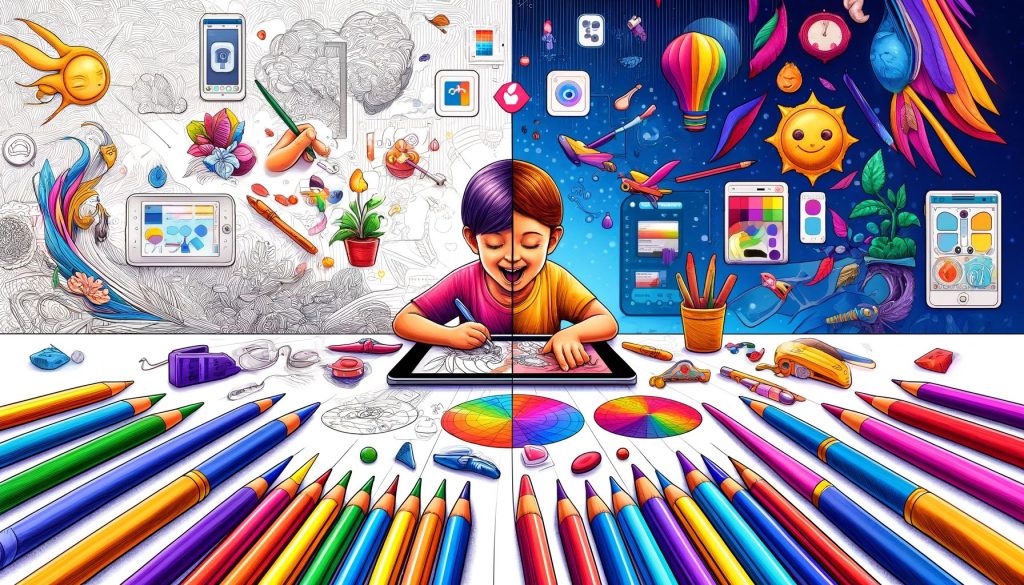
In the digital age, the bridge between traditional activities and technological innovation becomes increasingly pivotal in crafting user experiences that are both intuitive and engaging.
The realm of coloring, a timeless activity cherished across generations, has significantly influenced the development of online tools and apps.
This article explores the profound impact of traditional coloring activities on the design of digital coloring platforms, highlighting how these historical practices have shaped modern digital solutions that cater to artists, designers, and hobbyists alike.
Preserving the Essence of Coloring
Traditional coloring with paper and crayons offers a tactile experience that digital platforms strive to replicate. Developers have taken cues from the physical act of favorite coloring pages like Christmas to design apps that simulate the feeling of crayon on paper, ensuring that the digital experience retains the joy and simplicity of the traditional activity.
This pursuit of authenticity in digital coloring tools underscores the importance of connecting to traditional roots while embracing technological advancements.
User Interface Design Inspired by Tradition
The user interface (UI) of digital coloring apps often mirrors the simplicity and accessibility of physical coloring books. Designers incorporate familiar elements, such as color palettes that resemble crayon boxes and tool selections that mimic real-life art supplies, to create an intuitive environment.
This approach enhances usability for individuals of all ages and fosters a seamless transition from physical to digital coloring experiences.
Feature Development Driven by Traditional Techniques
Traditional coloring techniques, such as blending and shading, have inspired the development of advanced features in coloring apps. By analyzing how artists use physical media to achieve certain effects, app developers have integrated sophisticated tools that allow users to replicate these techniques digitally.
Features like pressure sensitivity and gradient tools offer users greater creative control, enabling the creation of complex and nuanced artworks.
Educational Insights from Conventional Coloring
The educational value of traditional coloring, from improving motor skills to promoting mindfulness, has guided the creation of online coloring tools for learning and development.
Educational apps now incorporate coloring activities designed to teach colors, shapes, and patterns, drawing on the benefits of traditional coloring to enhance cognitive skills and concentration in a digital format.
The Role of Community Feedback
Traditional coloring often occurs in a social setting, so digital platforms have integrated community features to mimic this aspect. Users can share their creations, receive feedback, and participate in challenges, reflecting the communal experience of traditional coloring sessions.
Incorporating social interaction into digital coloring tools emphasizes the importance of community in fostering creativity and learning.
The impact of traditional coloring activities on the design of online tools and apps is undeniable. By drawing on the foundational principles of traditional coloring, digital platforms have created immersive, intuitive, and educational experiences that resonate with users. As technology evolves, the lessons learned from traditional coloring activities will undoubtedly continue to shape the future of digital art and design, ensuring that the essence of creativity remains at the heart of innovation. Easy Smart Learning Education sustains the same.



